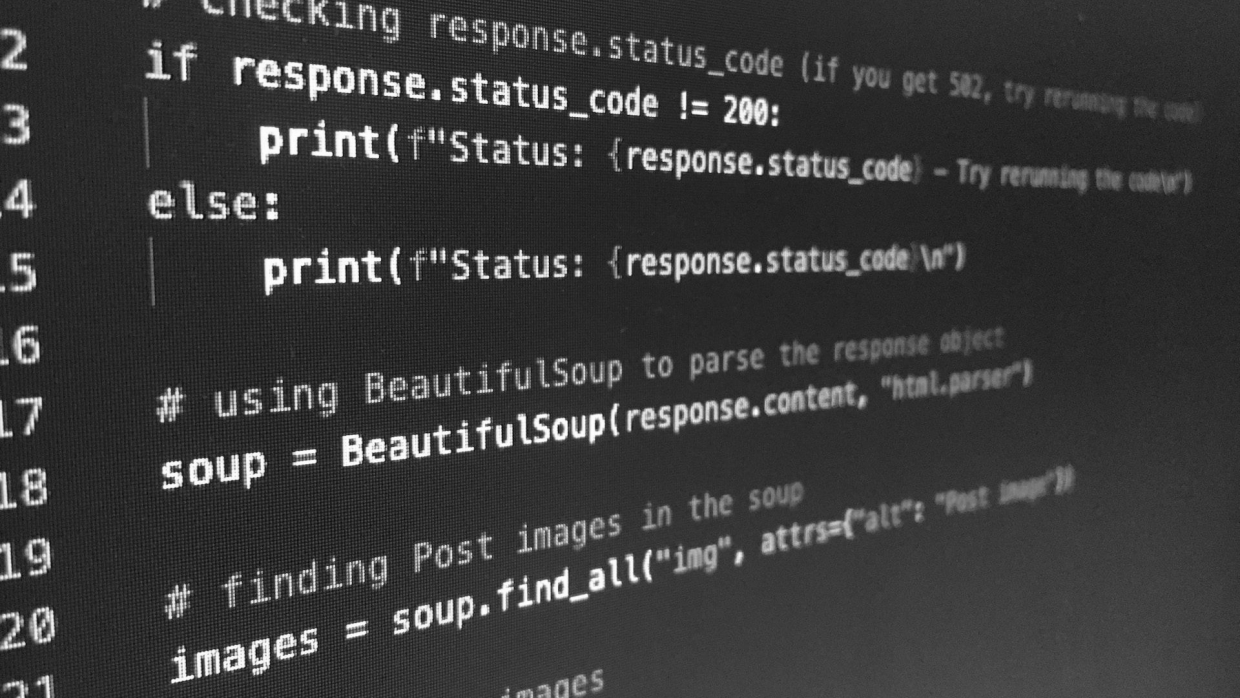What are Comments?
As an essential part of any programming language, comments play a crucial role in making code more readable, understandable, and maintainable. In this article, we will discuss the importance of writing comments in Python, various comment types, and provide examples to help you incorporate them into your own projects.
Table of Contents
- What are Comments?
- Types of Comments in Python
- Single-Line Comment in Python
- Multi-Line (Block) Comment in Python
- Best Practices for Writing Comments
- Conclusion
A comment is a line or block of text within a program that is ignored by the interpreter during execution. It serves as an additional layer of documentation for developers, providing context and explanations about specific parts of the code.
Types of Comments in Python
Python supports two types of comments: single-line and multi-line (block) comments.
Single-Line Comment in Python
A single-line comment is created by adding a hash symbol (#) at the beginning of a line. Everything after this hash will be ignored during execution. Here’s an example:
# This is a single-line comment
number = 12
print(number) # Output: 12
Multi-Line (Block) Comment in Python
A block comment allows you to ignore multiple lines of code at once. In Python, this can be achieved by using the """ and """ triple quotes. Here’s an example:
# This is a comment before the block
"""
This is an example of a multi-line (block) comment in Python.
It allows us to provide detailed explanations or temporarily disable code sections without removing them from the file.
"""
# This is a comment after the block
Best Practices for Writing Comments
- Explain complex logic: If your code contains complicated algorithms, functions, or loops, add Python comments to help understand how they work.
- Document variables and constants: Adding comments in Python next to variable declarations can provide valuable context about their purpose and usage.
- Describe the overall structure of the program: At the beginning of a file, write a brief description of what the script does and its main components.
- Use descriptive variable names: While comments in Python are essential for explaining code, using clear and concise variable names can also help make your code more readable.
- Keep comments up-to-date: As you modify your code, ensure that the associated comments remain accurate and relevant to the current implementation.
Conclusion
Incorporating comments into Python code is an essential part of writing clean, maintainable, and understandable programs. By following best practices and using both single-line and multi-line comments appropriately, you can improve your code’s readability for yourself and other developers working on the project.
